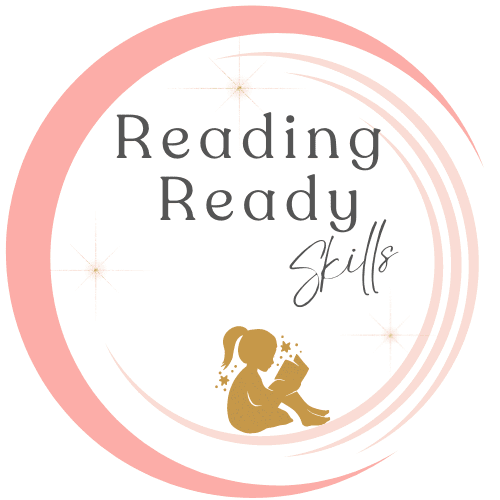Rhyming: Here’s What Surprised Me The Most About Teaching It
Here’s a reading skill that I used to consider to be a simple one: rhyming. Of course, that it is until I had to teach it to students who struggled with it. Below, I’ve outlined a few things that I’ve learned through my experience teaching the skill of rhyming so that you can benefit from it as well. I will explain what to do if students misunderstand the concept of rhyming (yes, it happens, even for older kids) and share some tips on how to avoid confusions with certain rhyme words. I’ve also included links to my rhyming word worksheets and games.
“Words That Rhyme”- Not All Students Know What That Means
I will never forget the moment that I was assessing a middle school student’s rhyming skills, and I realized something surprising. I was giving a phonological skills assessment that asked students to listen to orally presented words and determine if they rhymed or not. This child was a reader, but there were some gaps in his skills. I noticed that he would often say “no”, when I gave him words that actually did rhyme. And he would answer “yes” to words that did not rhyme. At first, I was confused. I decided to try to figure it out. I always tell people that if I wasn’t a teacher, I would be a detective.
After looking through the results of the assessment, I noticed that he was often saying “yes” to words that had something in common. And “no” to words that were totally unrelated to each other. Given his age and language skills, I was able to ask him his thoughts about what “rhyming” meant. He shared that he thought that rhyming meant words that have to do with each other. Once that lightbulb went off for me, I was able to re-teach the concept. While this story is based on the concept of understanding rhyming skills, for me it was a lesson that I can’t assume students know what I am asking of them. This idea can carry over to other skills that we teach.
To circle back to the concept of teaching rhyming, it’s important to ensure that students understand that they are finding words that end with the same sound.
Rhyming Words: Avoid Different, But Similar Sounds
Now I realize that the exact rhyming words that are considered to “sound similar” can depend on dialect. But I feel that it’s important to mention anyway. Where I live, I notice that my students often confuse the sounds of short e (pen) and short i (pin). For this reason, when I’m introducing the concept of rhyming, I try not to include -en and -in on the same activity or worksheet. The sounds are too similar, which can lead to confusions as students are learning. I want them to have clear examples of exactly what rhyming words sound like.
Rhyming Games
These sorting games also include pictures only and are best for students practice hearing the sounds of rhymes, rather than attaching print to the skill just yet.
Rhyming Word Worksheets:
Here are some rhyming worksheets for students beginning the concept (pre-K to K, or for any students needing remediation with phonological awareness). This packet includes 9 worksheets (both black and white) and focuses on pictures only.
Buy on TPT: Rhyming Word Worksheets
https://www.teacherspayteachers.com/Product/Rhyming-Words-Worksheet-Packet-10951430





